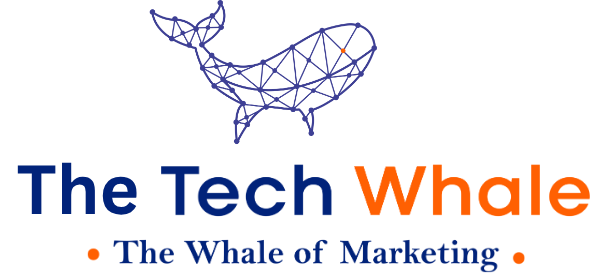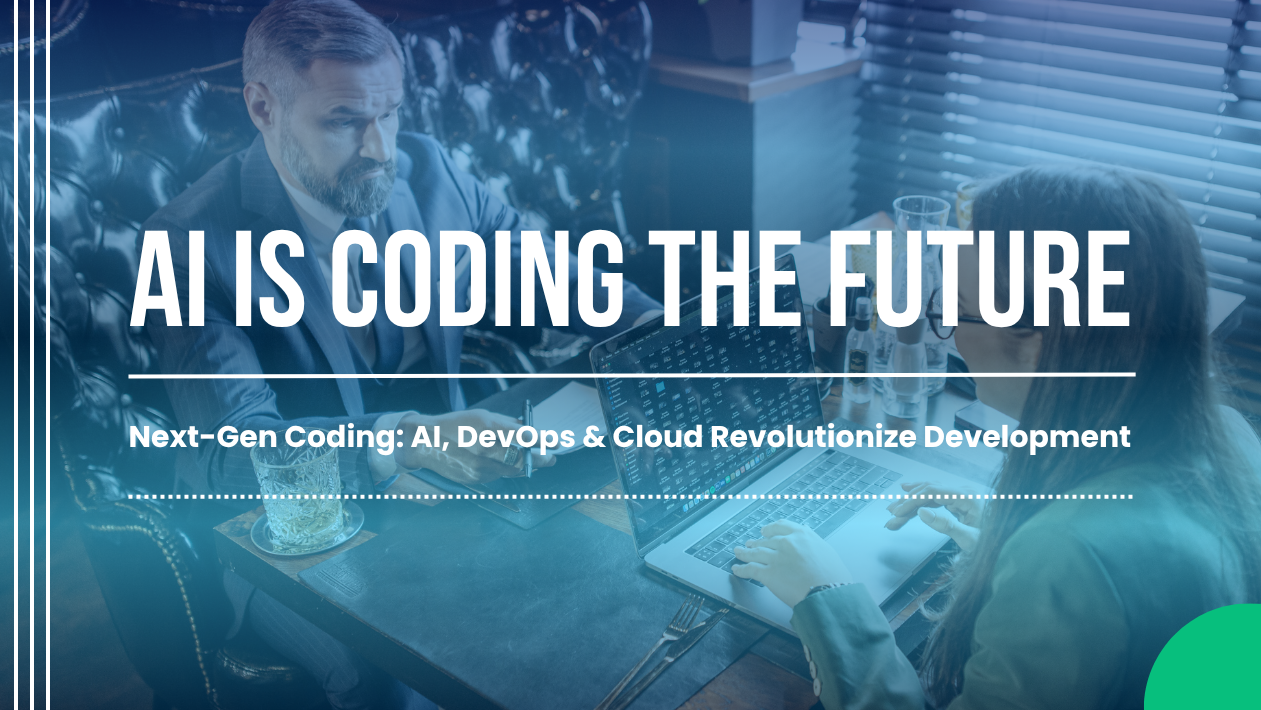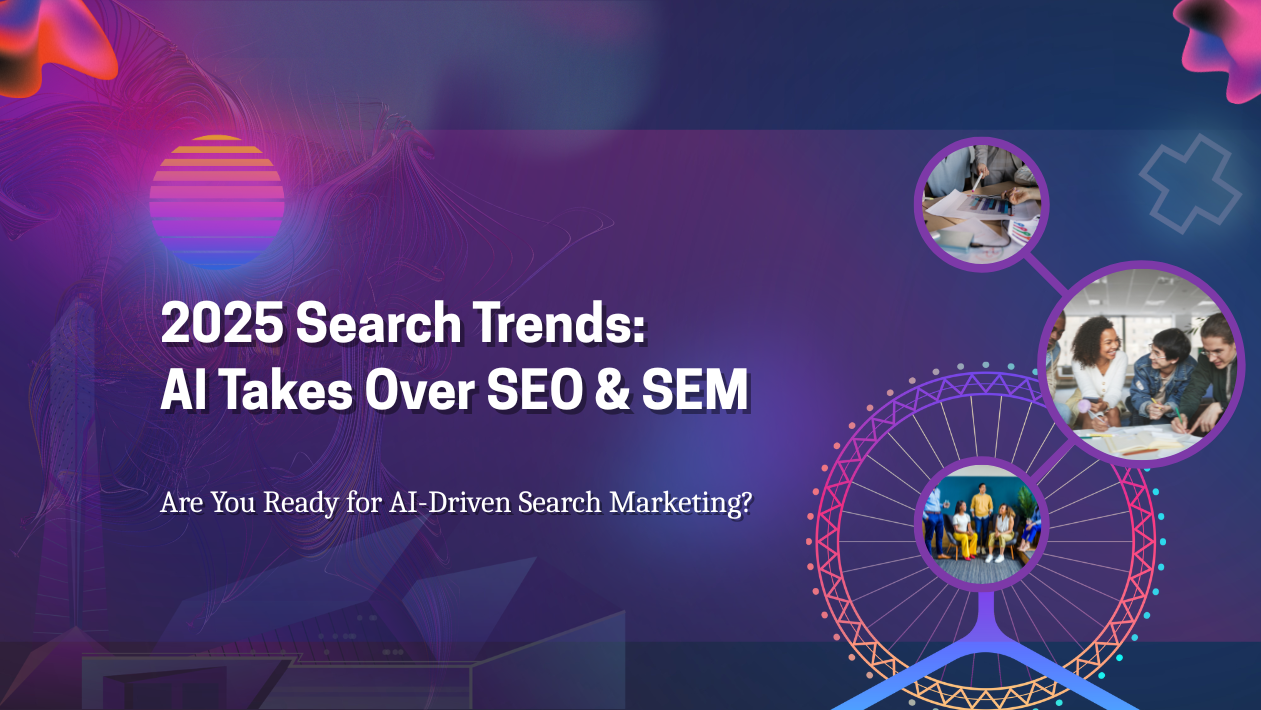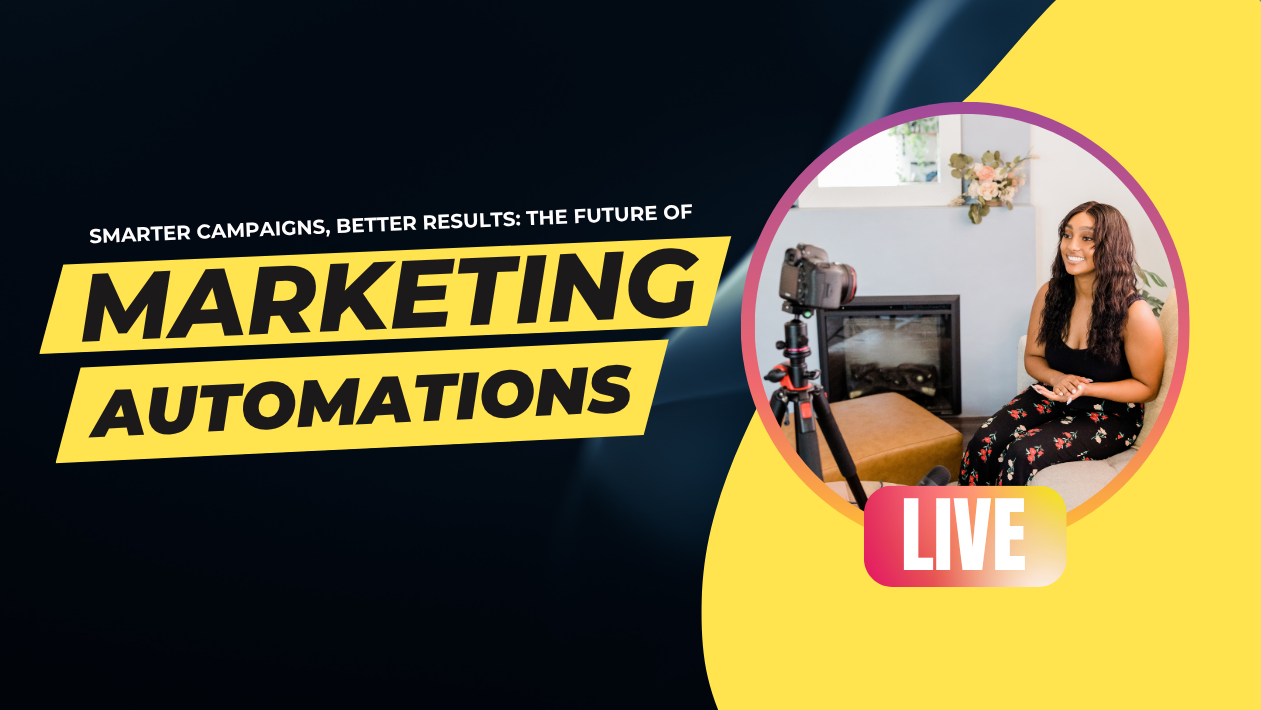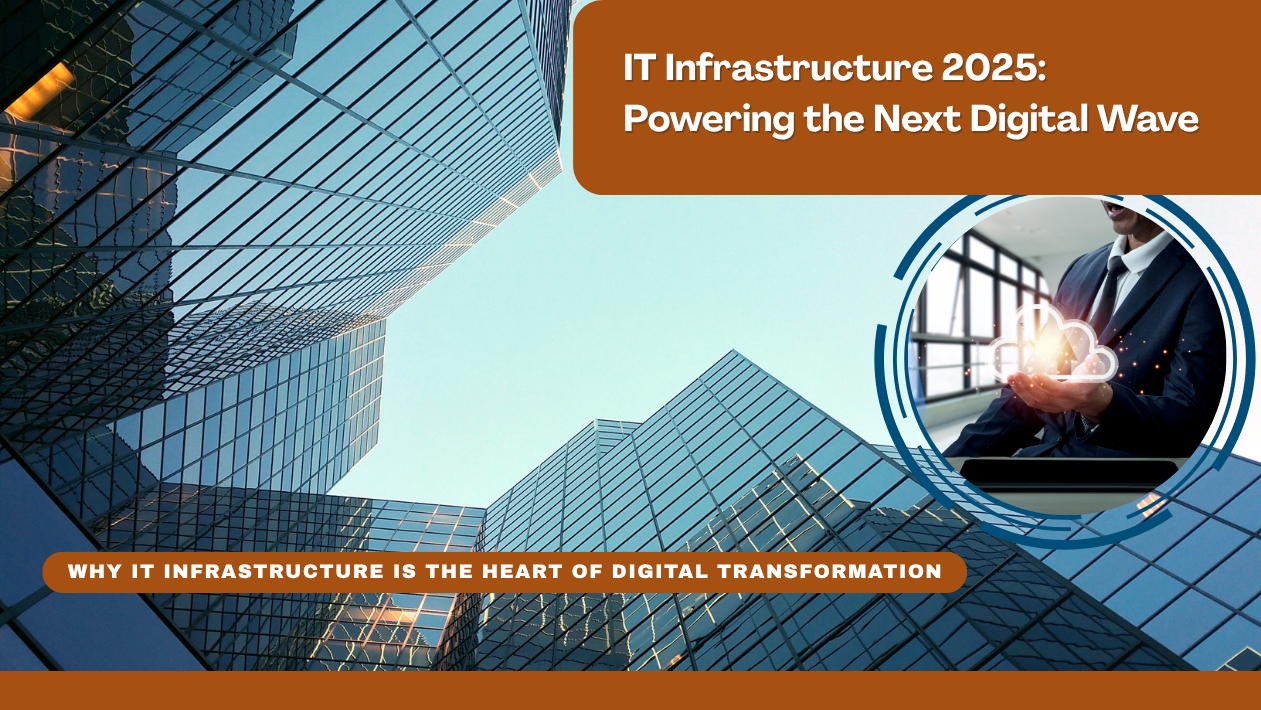The software development landscape in 2025 looks dramatically different from just a few years ago. With AI-assisted coding, low-code/no-code tools, and cloud-native DevOps, organizations are building applications faster, more securely, and with unprecedented scalability. The era of manual coding and long release cycles is giving way to automation, collaboration, and continuous delivery.
AI-Powered Development Becomes Mainstream
AI has become an indispensable part of the modern developer’s toolkit. Tools like GitHub Copilot X, OpenAI’s GPT-5 Code Assistant, and Amazon CodeWhisperer now assist developers with code generation, debugging, documentation, and test automation in real time.
Companies report productivity gains of up to 40%, as AI handles repetitive tasks and suggests optimized solutions. Teams are using AI not only for writing code but also for code reviews, architecture planning, and security scanning.
Low-Code and No-Code Platforms Empower Citizen Developers
The global rise of low-code/no-code (LCNC) development continues to democratize software creation. Platforms such as OutSystems, Mendix, and Microsoft Power Apps are enabling non-technical professionals to build full-scale applications using drag-and-drop interfaces.
This shift allows businesses to accelerate digital transformation, reduce development bottlenecks, and bridge the tech talent gap—all while maintaining enterprise-grade security.
Cloud-Native and DevOps Drive Continuous Innovation
Cloud-native architectures and containerization have become the backbone of software deployment in 2025. With widespread adoption of Kubernetes, Docker, and serverless computing, organizations are achieving faster scaling, higher reliability, and reduced infrastructure costs.
DevOps and GitOps practices, powered by automation and CI/CD pipelines, ensure that code can move from concept to production in hours, not weeks.
Security and Compliance Integrated by Design
Cybersecurity is now embedded in every stage of the software development lifecycle (SDLC). DevSecOps has evolved from a buzzword to a best practice, ensuring secure coding, automated vulnerability detection, and regulatory compliance from day one.
AI-driven tools are also being used to monitor runtime environments, detect anomalies, and mitigate threats before they impact users.
The Rise of API-First and Microservices Architecture
In 2025, the “API-first” approach dominates modern software ecosystems. Developers are building modular, microservice-based systems that allow rapid integration and scalability. This architecture supports flexible, cross-platform applications for web, mobile, and IoT environments.
APIs are also central to interoperability between enterprises, cloud systems, and AI-driven platforms.
Sustainability and Ethical Coding Take Priority
As environmental and ethical concerns grow, software engineers are focusing on green coding and energy-efficient computing. Optimizing algorithms for reduced power consumption and choosing sustainable cloud infrastructure are becoming standard practices.
Looking Ahead: The Autonomous Development Era
By 2030, experts predict a new phase: autonomous software engineering, where AI systems will design, build, test, and deploy software with minimal human intervention. Developers will evolve into AI orchestrators and system strategists, overseeing intelligent systems that write their own code.
